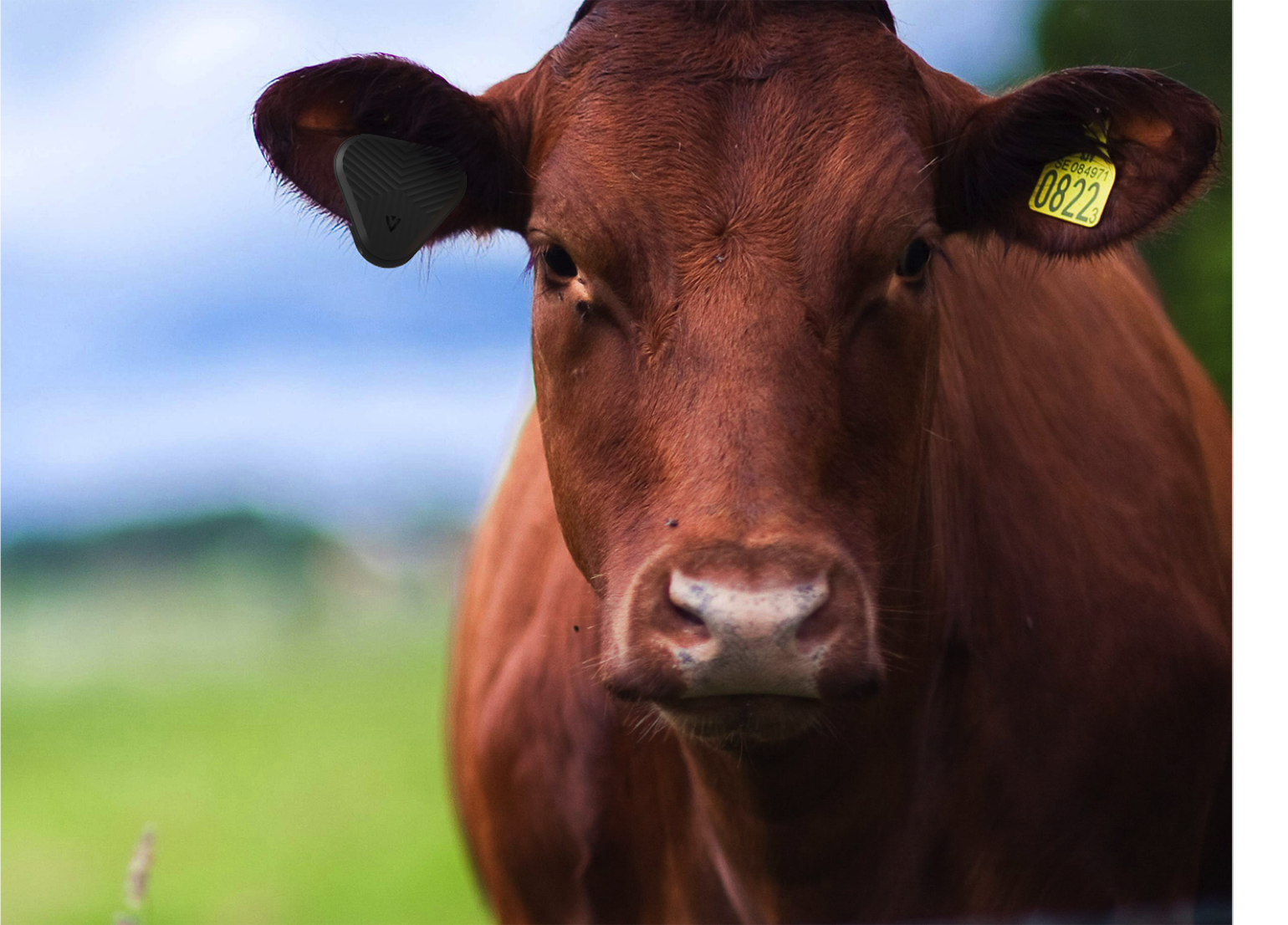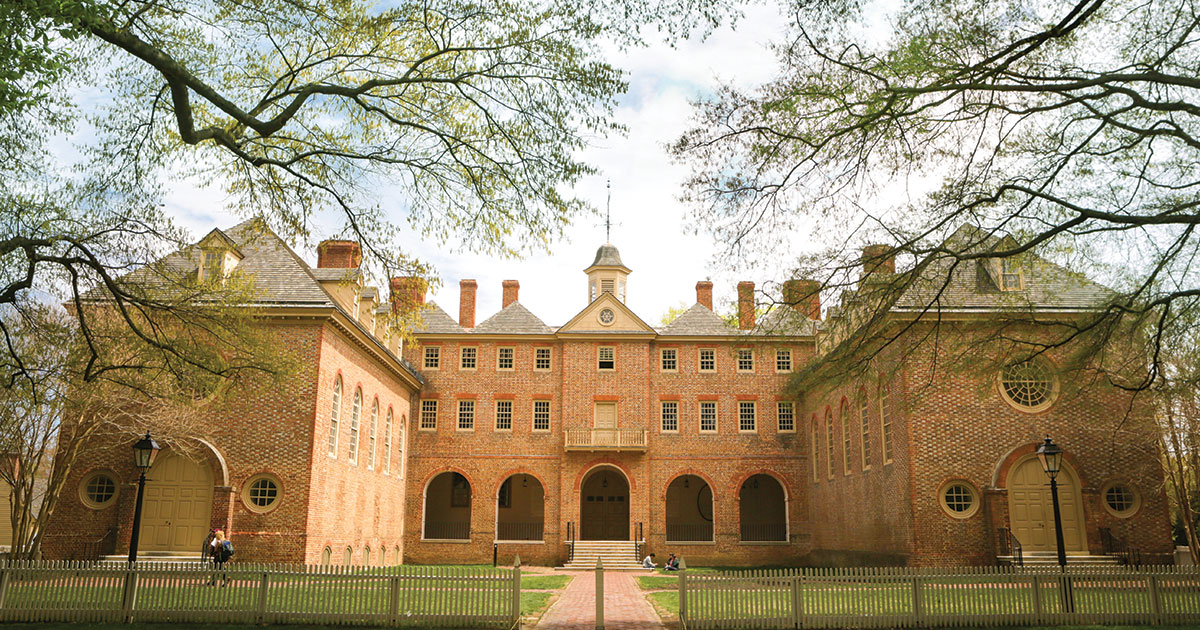Rethinking cowboys: The future of livestock management
 I'd like to say a word for the farmer,
I'd like to say a word for the farmer,
So says the opening verse of “The Farmer and the Cowman” in the iconic musical “Oklahoma!”
In this scene, farmers and ranchers convene at a charity social where they discuss the future of land management in the western territories. The farmers advocate for orderly systems of fences to control their crops and livestock. Ranchers can’t abide the constricting fences inhibiting them from moving cattle to the bustling meatpacking centers. Their agricultural ideologies clashed, and although the groups recognized that they should be friends — as the song goes — friendship became more difficult as settlement increased.
Today, the agriculture industry might stand at a critical juncture in livestock management that heralds a return to the days of controlling the movement of animals via virtual boundaries. Dean Anderson, a research scientist for the U.S. Department of Agriculture, has grappled with the concept of livestock movement for almost 40 years. Frank Wooten ’03 is part of a group of forward-thinking individuals putting Anderson’s research into practice.
Wooten, the CEO of the virtual fencing startup Vence, heads the mission from San Francisco. Although he originally hailed from Annapolis, Maryland, and remains connected to the area, he has fully adopted the laid-back California lifestyle. The New Yorker who worked in finance must reside buried deep down somewhere within him, but it doesn’t show. Even the recent recognition from MassChallenge, Boston, which resulted in $100,000 of non-dilutive funding for Vence, doesn’t shake his even-keel demeanor. MassChallenge chooses startups with a variety of missions, from improving healthcare to generating clean energy. Vence seeks to reduce the cost of pasture-fed beef, but Wooten realizes that reducing prices will create a ripple effect.
“There are dramatic health differences that occur and dramatic health benefits of pasture-fed beef versus grain-fed beef… We want to make the quality of life for our customers higher and the cost of production to be lower. We’d like to get to the point where you start to go to the supermarket, instead of paying 50 percent more for grass-fed beef, it’s a similar cost to grain-fed beef, so the consumer gets to decide instead of buying a product they may otherwise not want,” explains Wooten.
In addition to health benefits, current research indicates that pasture-fed beef production is more sustainable than feedlot practices. The Environmental Protection Agency indicates that feedlots contribute to 11 percent of river pollution in the United States. The issue of environmental preservation piqued Wooten’s interest in the venture.
“You know, it’s funny,” Wooten chuckles. “I didn’t initially come at this business from the aspect of livestock management; I came to it because I thought it was a really interesting business case.”
Wooten’s grandmother worked as an environmental lobbyist. In the process of getting Vence off the ground, Wooten has enjoyed understanding her career. He ties the passion for land preservation that he shares with his grandmother to his love for food and a desire to understand its origins.
“As a devout foodie, I’ve always been interested in understanding the food industry. This has been an interesting way to learn more about what we’re eating, how it gets to our tables, where the inefficiencies in that process exist and how we can use technology to create cheaper food that’s better,” he says.
The mission to lower production costs while also reaping health and environmental benefits began when two of Wooten’s co-founders, Jasper Holdsworth, approached him. A fellow finance man in the Big Apple and a New Zealand rancher, Holdsworth is responsible for his family’s 100-year-old farm, and realized that livestock management devoured 30 percent of his total costs. He wanted to continue moving the animals from pasture to pasture, so the team coalesced to solve the problem.
After bringing in researchers, tech specialists and animal behaviorists, the team created a GPS-based system married to a combination of tones and shocks that contain and control livestock movement. Farmers can alter the boundaries at will. Wooten indicates that the system will also incorporate monitoring capabilities that detect measurements of health and fertility based upon movement.
Wooten indicates that this information, in addition to lowering costs, enables farmers to more successfully operate in financial markets; they can present statistics to banks and insurance companies when filing loans and applying for insurance. It’s a winning framework for farmers, environmentalists, foodies and businessmen alike.
If Vence had existed when the West was won, perhaps the farmer and the cowman could have been friends. They just needed a businessman to get involved.

